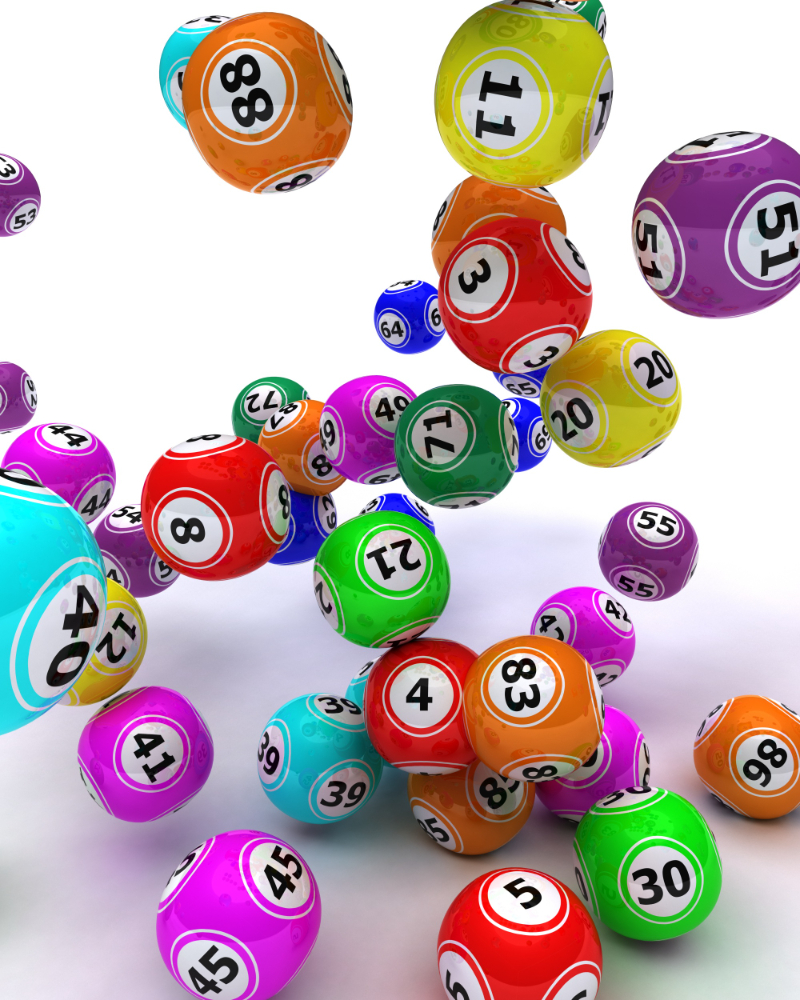In the world of mathematics and technology, Pi123 has emerged as a term that sparks curiosity. Whether you’re a math enthusiast, a tech-savvy individual, or just someone looking to explore new concepts, understanding Pi123 can be both fascinating and beneficial.
But what exactly is Pi123? Is it a new mathematical constant, a software tool, or something else entirely? In this blog post, we will delve deep into the concept of Pi123, its significance, applications, and how you can leverage it in various fields.
By the end of this article, you will have a clear understanding of Pi123 and why it matters in today’s digital age.
What is Pi123?
Pi123 is a term that can be interpreted in multiple ways depending on the context. At its core, it is often associated with:
- An Extension of Pi (π):
Pi (π) is a well-known mathematical constant representing the ratio of a circle’s circumference to its diameter (approximately 3.14159). Pi123 could refer to an extended or modified version of Pi used in specialized calculations. - A Software or Calculator Tool:
Some sources suggest that Pi123 is a computational tool designed to calculate Pi to a high degree of precision, possibly up to 123 decimal places or beyond. - A Coding or Cryptographic Reference:
In programming and cryptography, sequences like “Pi123” may be used as identifiers, keys, or part of algorithms.
For the purpose of this article, we will explore Pi123 primarily as a mathematical and computational concept, examining its potential uses in calculations, programming, and real-world applications.
The Mathematical Significance of Pi123
1. Pi (π) and Its Importance
Before diving into Pi123, it’s essential to revisit the classic Pi (π). Pi is an irrational number, meaning it cannot be expressed as a simple fraction, and its decimal representation never ends or repeats.
Pi is crucial in:
- Geometry (calculating areas and volumes of circles and spheres)
- Trigonometry (wave functions, oscillations)
- Physics (angular motion, electromagnetism)
- Engineering (structural design, signal processing)
2. What Makes Pi123 Unique?
If Pi123 is an extension or variation of Pi, it could serve specialized purposes such as:
- High-Precision Calculations: Some scientific and engineering applications require Pi to be calculated beyond standard decimal places for extreme accuracy.
- Algorithm Optimization: In computer science, modifying Pi with additional digits (like “123”) could be part of optimization techniques.
- Cryptography: Unique sequences derived from Pi (such as Pi123) might be used in encryption keys or random number generation.
Applications of Pi123
1. Advanced Mathematics and Research
Researchers working on complex mathematical models may use Pi123 for:
- Fractal Geometry: Enhancing precision in Mandelbrot sets or other fractal-based computations.
- Number Theory: Exploring patterns in irrational numbers beyond traditional Pi.
2. Computer Science and Programming
Pi123 can be relevant in:
- Algorithm Development: Some algorithms (e.g., Monte Carlo simulations) rely on Pi for probabilistic computations.
- Machine Learning: High-precision constants improve neural network accuracy in certain cases.
- Data Encryption: Pi-based sequences can enhance cryptographic security.
3. Engineering and Physics
- Space Exploration: NASA and other agencies use high-precision Pi for trajectory calculations.
- Quantum Computing: Quantum algorithms may leverage extended Pi values for error correction.
How to Calculate Pi123
If Pi123 refers to Pi extended to 123 decimal places (or more), here’s how you can compute it:
Method 1: Using Programming (Python Example)
python
Copy
Download
import math
# Get Pi up to 123 decimal places
pi_value = "{0:.123f}".format(math.pi)
print(pi_value)
This will output Pi with 123 decimal digits.
Method 2: Online Pi Calculators
Websites like piday.org or angio.net/pi provide Pi to millions of digits, allowing you to extract the first 123 decimals easily.
Method 3: Manual Calculation (Chudnovsky Algorithm)
For extreme precision, mathematicians use advanced formulas like the Chudnovsky algorithm, which rapidly converges to Pi.
Pi123 in Cryptography and Security
1. Pi-Based Random Number Generation
Since Pi’s digits are non-repeating, they can be used to generate pseudo-random numbers for encryption.
2. Hashing and Digital Signatures
Some cryptographic systems derive keys from irrational numbers like Pi to enhance security.
3. Blockchain and Decentralized Systems
Pi sequences could be used in blockchain hashing mechanisms to prevent predictability.
Frequently Asked Questions (FAQs)
Q1: Is Pi123 an official mathematical constant?
No, Pi123 is not a standard constant like Pi (π). It appears to be a term used in specialized contexts, possibly referring to extended Pi calculations or coding references.
Q2: How many digits of Pi are practically useful?
For most real-world applications, 40 digits of Pi are sufficient (NASA uses 15 digits for space missions). However, researchers sometimes compute trillions of digits for theoretical studies.
Q3: Can Pi123 be used in everyday math problems?
Unless you’re working on high-precision scientific computations, standard Pi (3.14159) is adequate. Pi123 would be relevant only in niche scenarios.
Q4: Are there tools that specialize in Pi123 calculations?
Yes, advanced computational software like Mathematica, MATLAB, and custom Python scripts can generate Pi to thousands of digits.
Conclusion
Pi123 is a fascinating concept that bridges mathematics, computer science, and cryptography. Whether it represents an extended version of Pi, a computational tool, or a cryptographic element, its potential applications are vast.
From high-precision engineering to cutting-edge encryption, understanding Pi123 opens doors to deeper mathematical exploration and technological innovation. As computational power grows, so does our ability to harness constants like Pi in unprecedented ways.
If you’re a math enthusiast, programmer, or researcher, experimenting with Pi123 could lead to exciting discoveries. Whether you’re calculating it to 123 digits or using it in an algorithm, the possibilities are endless!
Final Thoughts
Have you ever used Pi in an unconventional way? Or have you explored high-precision calculations like Pi123? Share your thoughts in the comments below! If you found this guide helpful, don’t forget to share it with fellow math and tech lovers.
















